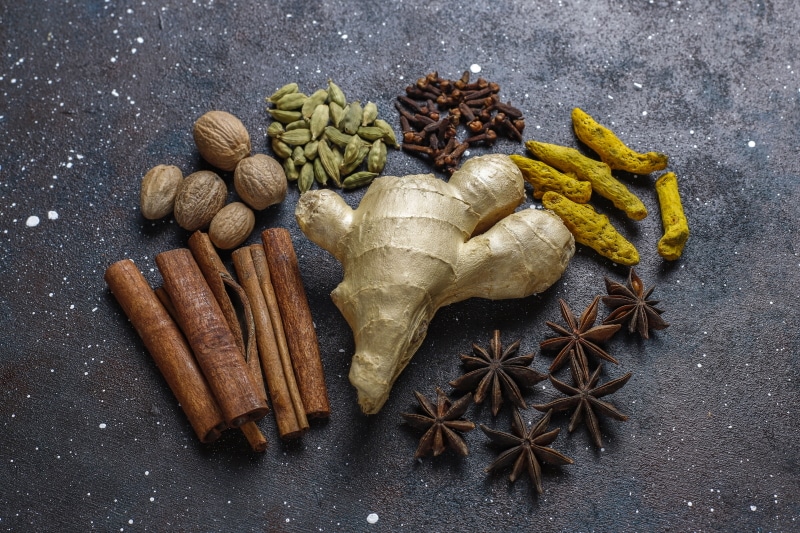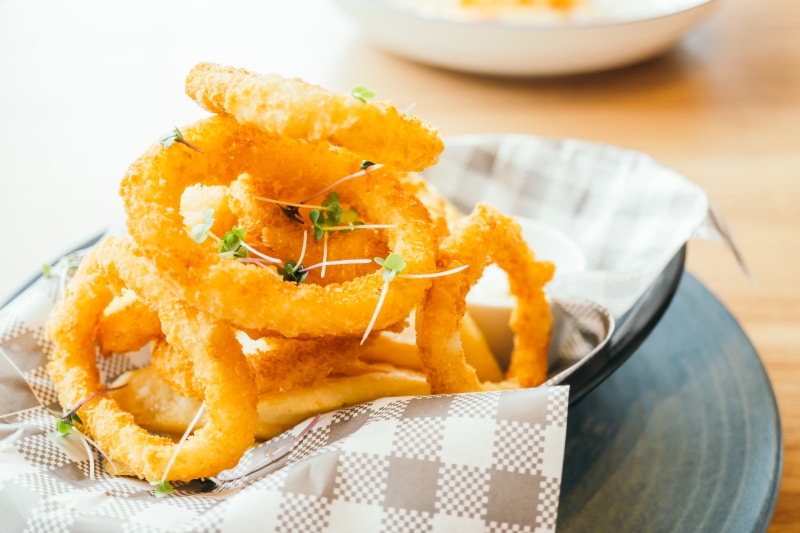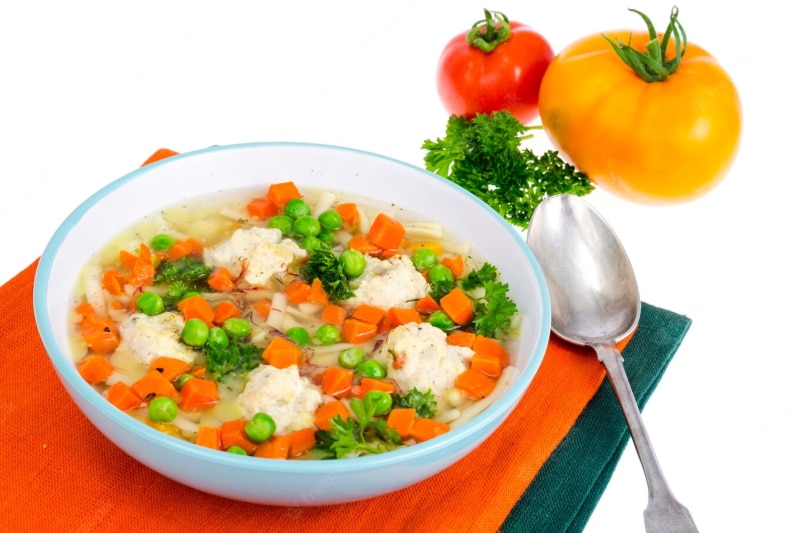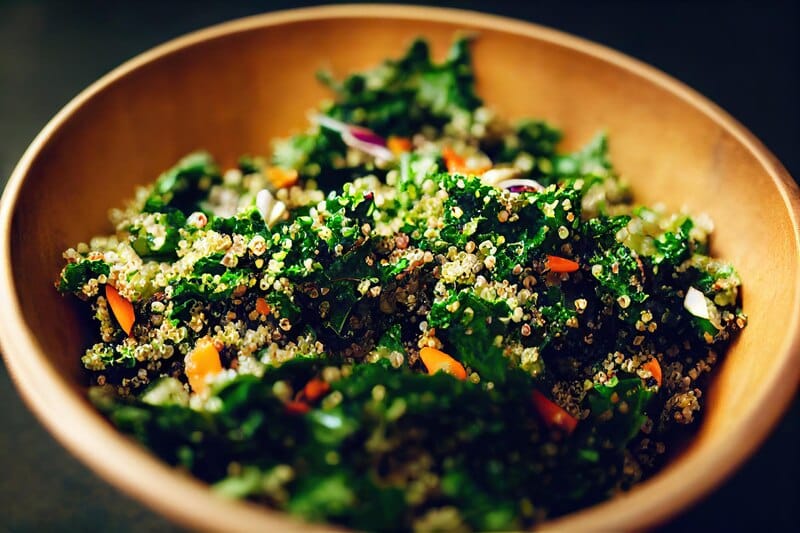Are you aware of the many health advantages of spices? Did you know that some spices have health benefits?
We naturally gravitate towards warmer items such as open fireplaces, tea, and cuddly blankets as the evenings become darker and the chilly winter air forces us to wear more garments.
It is especially vital to look for ourselves and follow good behaviors and habits throughout the winter when our immune systems are weakened. Drinking enough water, getting at least eight hours of sleep, and taking our vitamins are all excellent starts, but is there anything else we can do to help us feel better this time of year?
While cinnamon in apple pie and cloves in hot whiskey are traditional winter additions, warming spices have also been utilized for ages for their possible health benefits.
In the winter months, our bodies desire warmth, so if you haven’t already, try adding some spices to your daily routine, and if you already do, maybe this guide to spice benefits will give you some new ideas on how to utilize them.
There are so many different spices out there, so let’s look at some of the most common ones that you can get in any store, as well as one or two unique spices that can enhance your cooking.
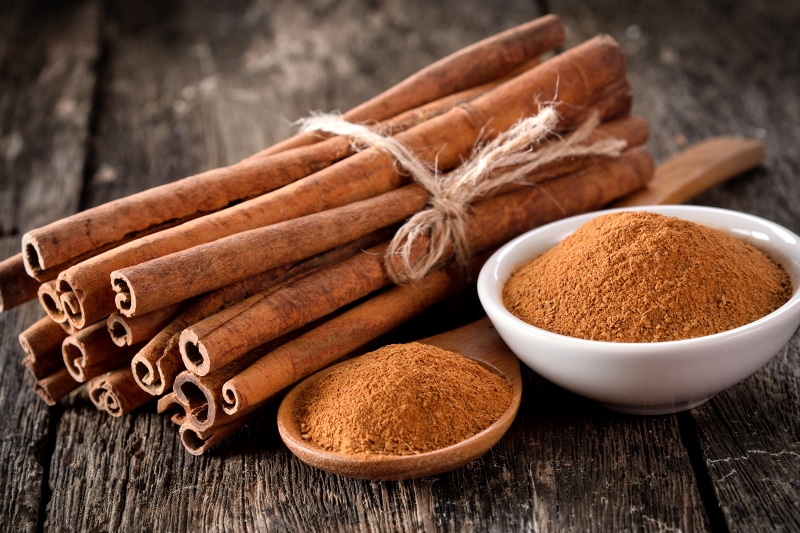
Cinnamon
First up on the list is cinnamon, a traditional spice that goes well with poached fruits like apple and blackberry. Cinnamon is a terrific addition to baked items like pies and bread, or sprinkle some over your daily bowl of porridge for a warming boost first thing in the morning. This multifunctional spice offers anti-inflammatory and antibacterial qualities, as well as immune system booster and blood pressure reducing capabilities.
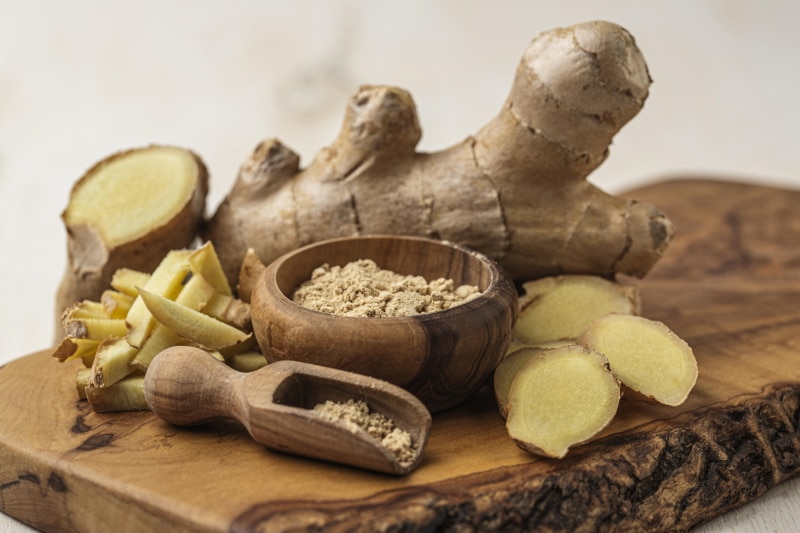
Ginger
Ginger is another popular spice that offers comparable health advantages to cinnamon. Ginger, which comes in powdered and fresh forms, is a must-have in any kitchen and may be used in curries, soups, and baking. To prepare ginger tea, peel and chop a thumb-sized quantity of fresh ginger, then simmer for 5 to 10 minutes in heated water before straining into a cup. To truly improve it, sweeten it with maple syrup or add some apple cider vinegar.
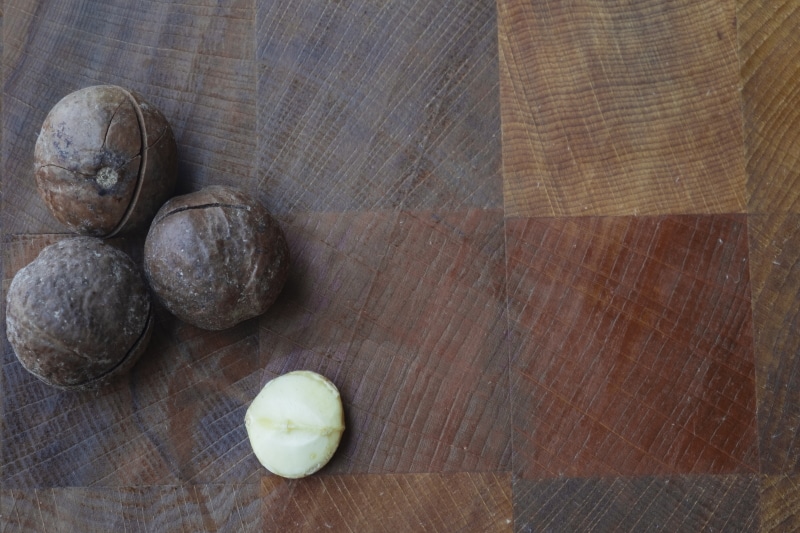
Allspice
The iconic allspice is the next spice on our spice tour. Allspice includes iron, which can aid with energy during the gloomy winter months, as well as copper, a powerful antioxidant that protects cells from free radical damage, which has been related to aging indications. Allspice is a versatile spice that works well in both sweet and savory foods. Sprinkle it over roasted root vegetables or use it to spice up an apple pie. Try adding a teaspoon to tomato-based stews and soups for another wonderful match. It not only has a rich taste and flavor, but it also has a lot of nutrients thanks to the incorporation of a lot of vegetables.
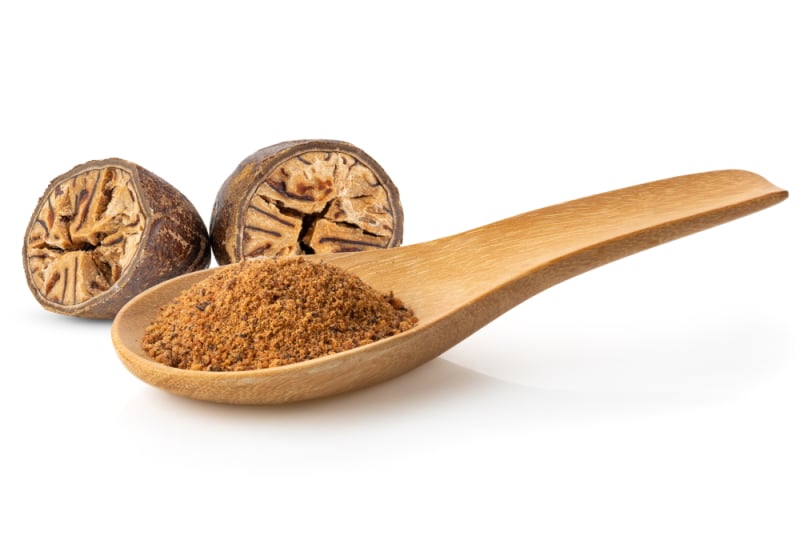
Nutmeg
Nutmeg is another popular winter spice with characteristics comparable to star anise. This spice aids in the production of serotonin and can also aid in the relaxation of the neurological system. It also contains antioxidants, which can help prevent cellular damage, as well as antibacterial qualities.
Nutmeg goes well with sweet potatoes and butternut squash, and a sprinkle in a cup of warm plant milk is a calming delight.
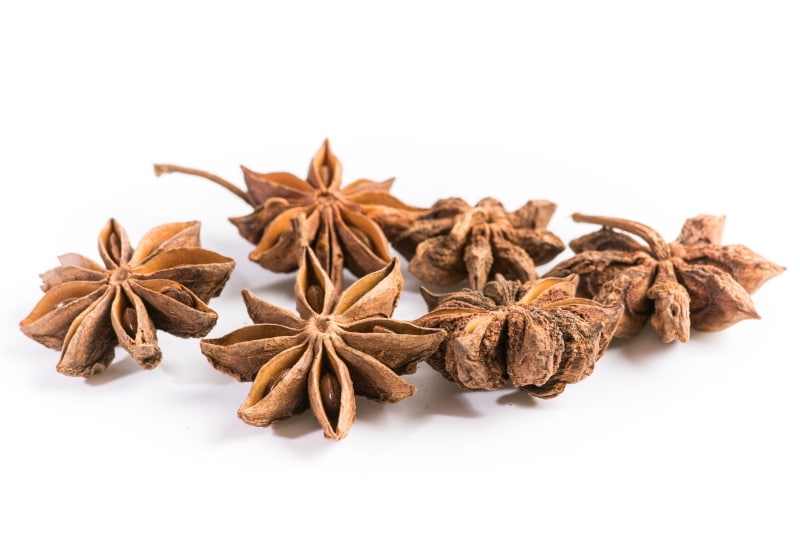
Star Anise
Herbal teas are one of the simplest ways to consume spices, and star anise tea is one of the most delightful. Bloating, gas, indigestion, and constipation are some of the digestive disorders that star anise can assist with. After meals, drinking star anise tea may assist with these concerns. Simply boil for five to ten minutes in some water and enjoy! This spice is also known to have sedative characteristics, and its relaxing effects can help to soothe the nervous system, making it an ideal drink to consume before bed.
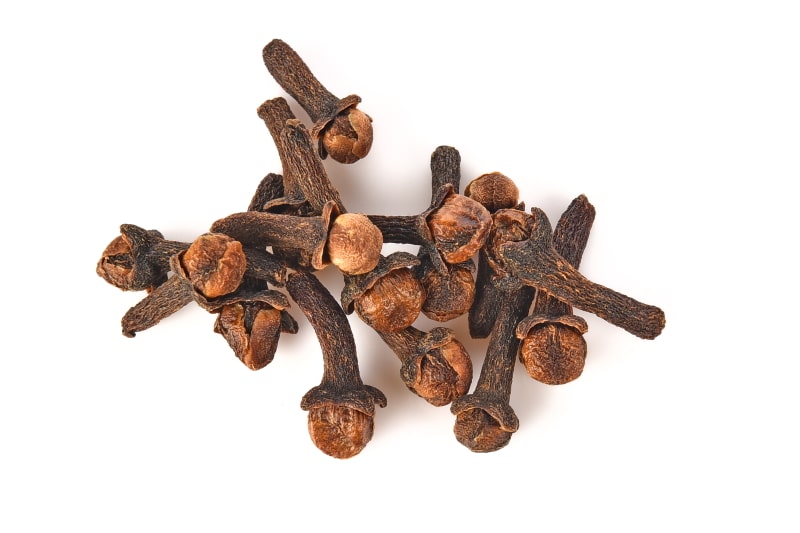
Clove
Clove is another traditional winter warming. Cloves are a popular addition to hot winter drinks like mulled wine, but did you know they’re also a good source of manganese? Manganese, a vital vitamin for supporting brain function and creating strong bones, is found in one teaspoon of powdered clove, which provides 55% of the daily amount. Cloves are also abundant in antioxidants, making them ideal for use in curries. For a health-boosting winter tea, stew a few whole cloves in boiling water for 10 minutes.
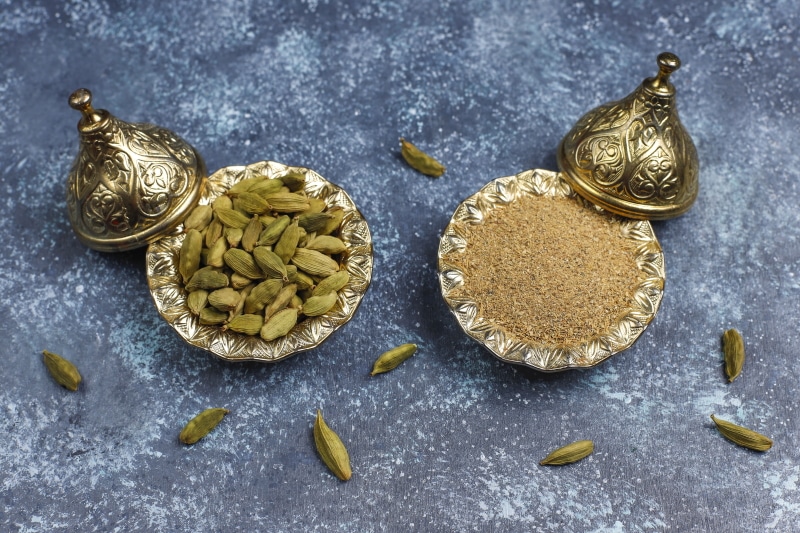
Cardamom
Cardamom is a fantastic warming spice that may aid with digestive problems as well as battle bacteria in the mouth. Whole pods are eaten after eating in some cultures to refresh breath. For a holiday treat, try baking with cardamom and ginger in gingerbread biscuits.
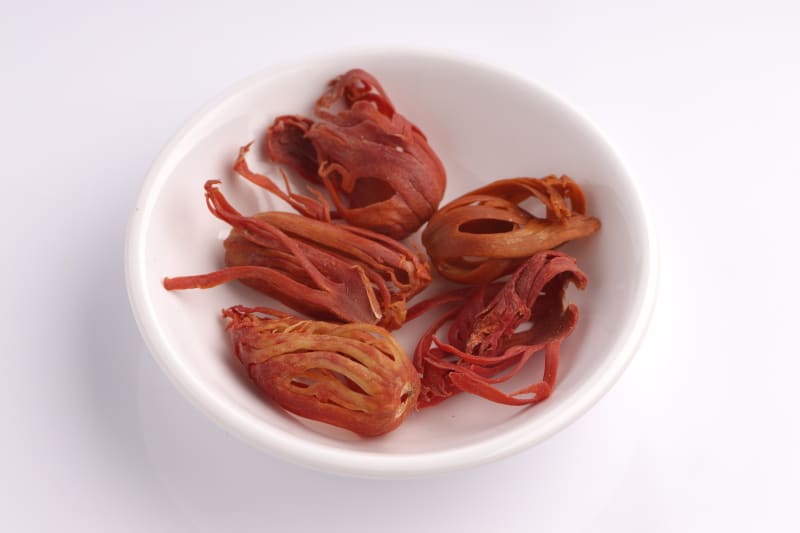
Mace
Finally, we have our two honorable mentions, the first of which is Mace. Mace isn’t as well-known as the other spices mentioned here, but as a member of the nutmeg family, it’s worth trying. Mace is a popular spice in Indian cuisine, and it’s great in savory foods. It’s also good for painful joints.
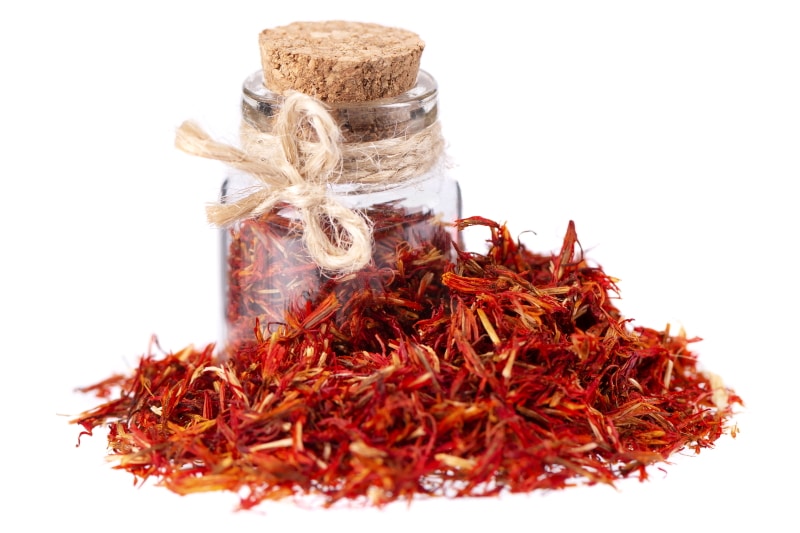
Saffron
Saffron is the final spice on our journey. A classic in Spain and Mediterranean cuisine. Saffron is pricey and often difficult to come by, but it’s well worth the effort if you can get your hands on any. Invest in excellent grade saffron and use it to improve the flavor of curries and rice meals. This spice is said to assist with sadness, anxiety, and even menstruation cramps. Saffron was once used in place of cinnamon in apple pie, which is something worth trying if you enjoy the flavor.
Spices come in such a wide range of flavors that there is something for everyone. You can’t go wrong with conventional cinnamon and ginger spices, so start there if you’re unfamiliar with them. If you’re a spice connoisseur, it’s time to get some mace and try it out in the kitchen. Please keep in mind that, while some spices have been connected to health benefits, if you have any concerns about a specific disease, visit your doctor and consume spices in moderation.

